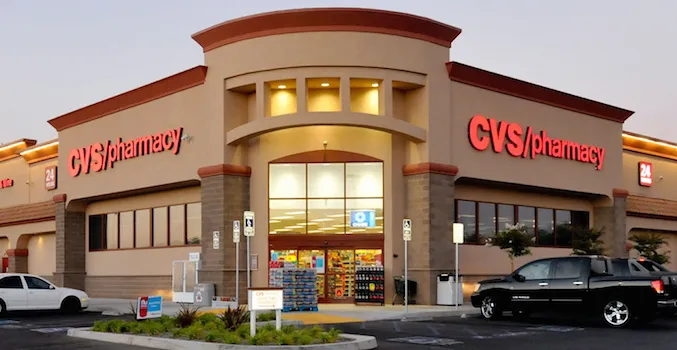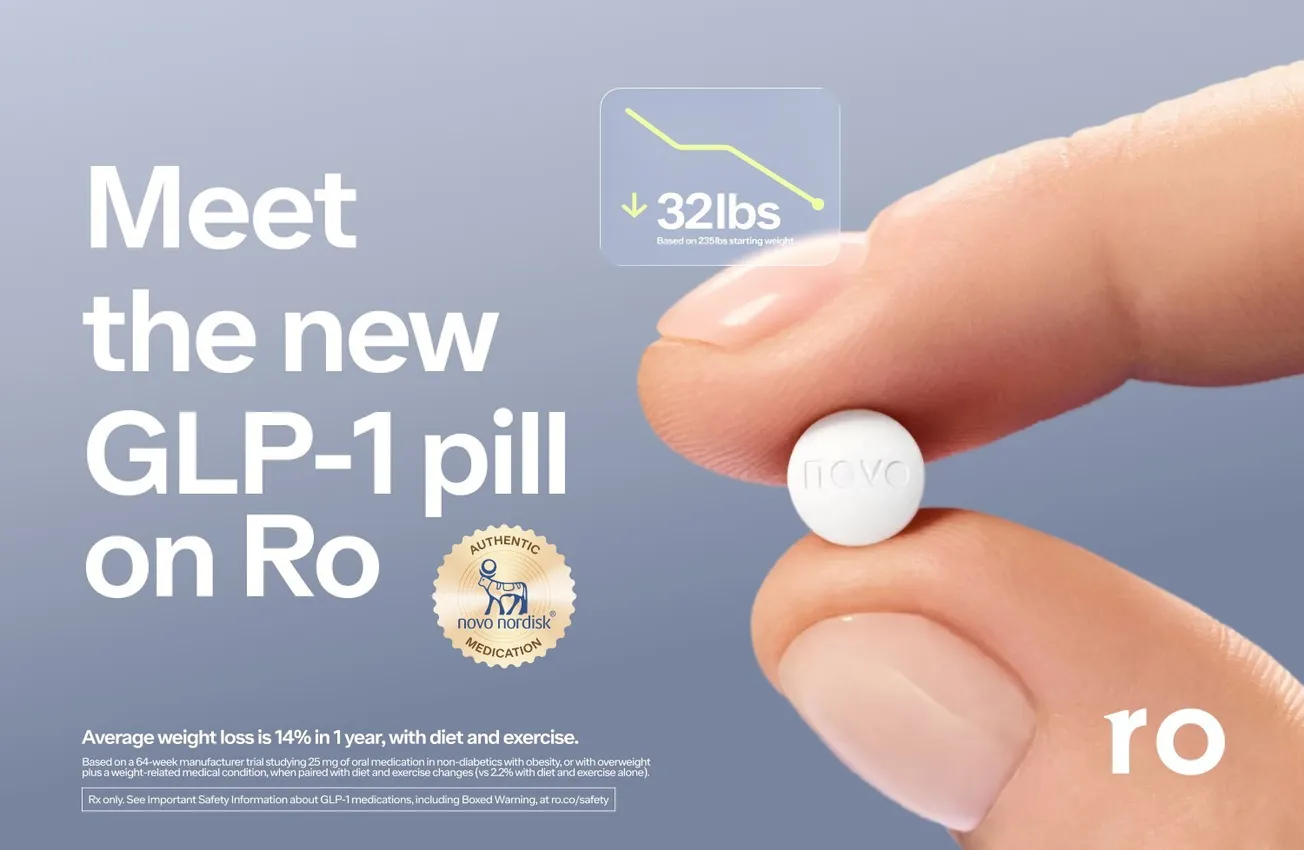WOONSOCKET, R.I. — CVS Health reported first quarter revenue and earnings that missed Wall Street’s estimates, as increased medical costs hurt its Medicare Advantage business.
Adjusted earnings per share for the period were $1.33, well behind analysts’ consensus forecast of $1.69.
Revenue of $88.4 billion was short of Wall Street’s predicted $89.2 billion.
Seeing the potential for continued higher medical costs, the company revised its adjusted EPS outlook for the full year down to a low of $7 from its earlier guidance of at least $8.30.

Karen Lynch
“The current environment does not diminish our opportunities, enthusiasm, or the long-term earnings power of our company,” said president and CEO Karen Lynch. “We are confident we have a pathway to address our near-term Medicare Advantage challenges. We remain committed to our strategy and believe that we have the right assets in place to deliver value to our customers, members, patients, and shareholders.”
Revenue for the period ended March 31 increased by 3.7% compared to the prior year, reflecting strong growth in the Health Care Benefits and Pharmacy & Consumer Wellness segments, partially offset by a decline in the Health Services segment.
First quarter GAAP diluted EPS of 88 cents decreased from $1.65 in the prior year and the adjusted EPS of $1.31 decreased from $2.20 , primarily due to a decline in the Health Care Benefits segment’s operating results, reflecting utilization pressure in the Medicare business.
Operating income decreased 34.1%, partially offset by the absence of a $349 million loss on assets held for sale related to the write-down of the Omnicare long-term care business (“LTC business”) recorded in the prior year.
Adjusted operating income decreased 32.3% primarily driven by declines in the Health Care Benefits and Health Services segments, partially offset by an increase in the Pharmacy & Consumer Wellness segment.
Interest expense increased $127 million, or 21.6%, due to higher debt in the three months ended March 31, 2024, primarily driven by long-term debt issued in February and June of 2023 to fund the acquisitions of Signify Health and Oak Street Health.
The effective income tax rate increased to 28.9% compared to 25.6% primarily due to the impact of certain discrete tax items and their proportion to lower pre-tax income.
Health Care Benefits segment revenue increased 24.6%, driven by growth in the Medicare and Commercial product lines.
The segment’s adjusted operating income decreased 59.9%, primarily driven by increased Medicare utilization, the unfavorable impact of the previously disclosed decline in the company’s 2024 Medicare Advantage star ratings, as well as an unfavorable year-over-year impact of prior-year development. These decreases were partially offset by increased volume due to growth in the Medicare and Commercial product lines, an increase in net investment income and improved fixed cost leverage across the business due to membership growth.
The MBR increased to 90.4% compared to 84.6% in the prior year driven by increased Medicare utilization, the unfavorable impact of the 2024 Medicare Advantage star ratings, the unfavorable year-over-year impact of prior-year development, as well as the impact of an additional day in 2024 due to the leap year.
Health Services segment revenue decreased 9.7%, primarily driven by the previously announced loss of a large client and continued pharmacy client price improvements. These decreases were partially offset by pharmacy drug mix, growth in specialty pharmacy and the acquisitions of Oak Street Health and Signify Health.
The segment’s adjusted operating income decreased 18.9%, primarily driven by continued pharmacy client price improvements, lower contributions from 340B, the loss of a large client and the inclusion of the Oak Street Health operating results. These decreases were partially offset by improved purchasing economics, including increased contributions from the products and services of the Company’s group purchasing organization, as well as contributions from Signify Health.
Pharmacy claims processed decreased 21.2% on a 30-day equivalent basis , reflecting the loss of a large client.
Pharmacy & Consumer Wellness segment revenue increased 2.9%, primarily driven by increased prescription volume, including increased contributions from vaccinations, as well as pharmacy drug mix. These increases were partially offset by the impact of recent generic introductions, continued pharmacy reimbursement pressure and decreased front store volume, reflecting the impact of a decrease in store count and lower contributions from coronavirus disease 2019 (“COVID-19”) over-the-counter test kits.
Adjusted operating income increased 3.8%, primarily driven by increased prescription volume, including increased contributions from vaccinations, improved drug purchasing and decreased operating expenses, including the favorable impact of the decrease in store count. These increases were partially offset by continued pharmacy reimbursement pressure.
Prescriptions filled increased 3.2% on a 30-day equivalent basis, primarily driven by increased utilization.









